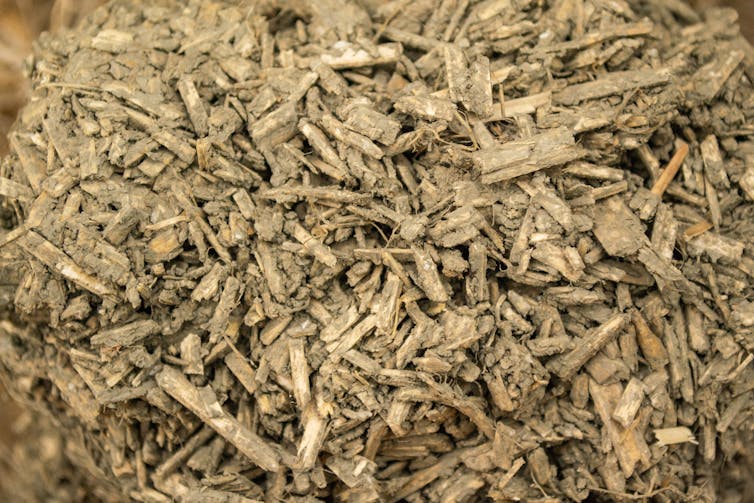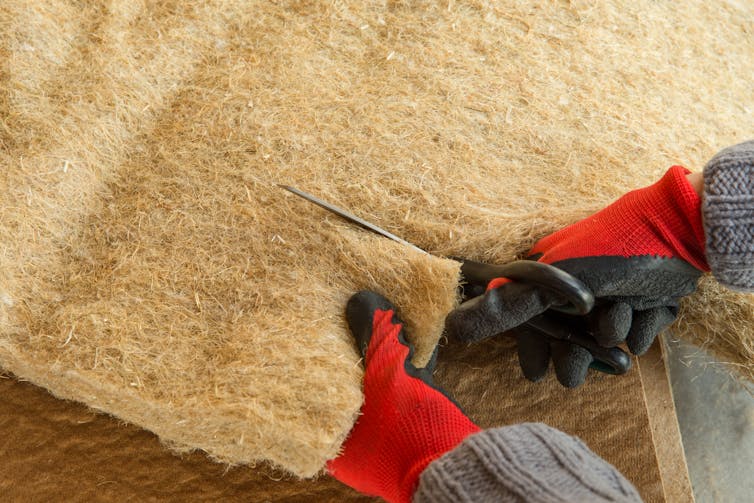Hemp Harvesting 101: A Beginner’s Guide to a Successful Harvest
Congratulations! You’ve nurtured your hemp crop from seedlings to a thriving field. Now comes the crucial step: harvest. This guide will equip you with the knowledge and best practices for a successful hemp harvest, tailored to your specific needs.
Understanding Your Harvest Goals:
The first step is identifying what you’re harvesting hemp for. Different parts of the plant are used for various purposes, and the ideal harvest time will vary accordingly:
- Fiber Hemp: This is harvested for the strong, durable fibers found in the stalk. Aim for a harvest when the flowers have just begun to appear, and the stalks are mature but still green. This ensures optimal fiber length and strength.
- Seed Hemp: Grown for its nutritious seeds, this variety is harvested when the seeds are fully mature and begin to dry on the plant. Look for signs of yellowing leaves and brown bracts around the flowers. Seed moisture content should be around 15-20% for efficient threshing.
- CBD Hemp: This is harvested for the valuable cannabidiol (CBD) compound found in the flowers and upper leaves. The ideal harvest window is just before peak flowering, when the trichomes (glistening glands) appear cloudy. This ensures optimal CBD content without THC levels exceeding legal limits.
Preparing for Harvest:
- Gather your tools: Depending on your harvest method (manual or mechanized), you’ll need gloves, pruning shears or a scythe, a wagon or truck for hauling stalks, drying racks or barns for drying, and tarps for protection from rain.
- Test moisture content: Use a moisture meter to verify your chosen harvest window. This is crucial for proper drying and storage to prevent mold growth and product degradation.
- Weather Watch: Schedule your harvest for a dry, sunny period with low humidity. Rain can damage the harvested material and impede drying.
Harvest Methods:
- Manual Harvest: Ideal for small-scale operations or CBD hemp production, this involves hand-cutting stalks or selectively picking flowers and upper leaves. This allows for the most precise control over the harvest material.
- Mechanical Harvest: Larger fields often utilize specialized equipment like mowers and balers. This is faster for fiber hemp but requires adjustments for seed or CBD production to avoid damaging seeds or losing valuable flower material.
Drying and Storage:
- Fiber Hemp: Stalk bundles are typically left to field dry for a few days before being stored in a well-ventilated area to prevent moisture buildup and rot.
- Seed Hemp: After cutting, stalks are typically shocked (laid in rows) to allow even drying. Seeds are then threshed from the stalks and dried further in a controlled environment with good air circulation.
- CBD Hemp: Flowers and upper leaves are carefully hung in drying racks or barns with good air circulation and controlled temperature (ideally 60-70°F). Once dry, the material goes through a curing process to further enhance CBD content and flavor profile.
Post-Harvest Considerations:
- Security: Depending on your location and hemp variety (CBD), you may have legal requirements for storage security.
- Testing and Certification: Depending on your end product and regulations, your harvest may require lab testing for cannabinoid content and contaminants.
Additional Tips:
- Staggered Planting: Consider planting different hemp varieties in succession to extend your harvest window and manage processing workload.
- Biomass Utilization: Explore options for utilizing leftover parts of the plant. For example, hemp hurds (core of the stalk) can be used for construction materials, and leftover plant material can be composted.
- Seek Expert Advice: Don’t hesitate to consult with experienced hemp growers or processors in your region for specific guidance and best practices.
By following these steps and tailoring them to your specific harvest goals, you can ensure a successful and rewarding hemp harvest. Remember, this guide provides a general overview, and regulations and best practices may vary depending on your location. Always conduct thorough research and stay up-to-date on local regulations before planting and harvesting hemp.




 Life Cycle Assessment: Unmasking the Full Environmental Footprint
Life Cycle Assessment: Unmasking the Full Environmental Footprint